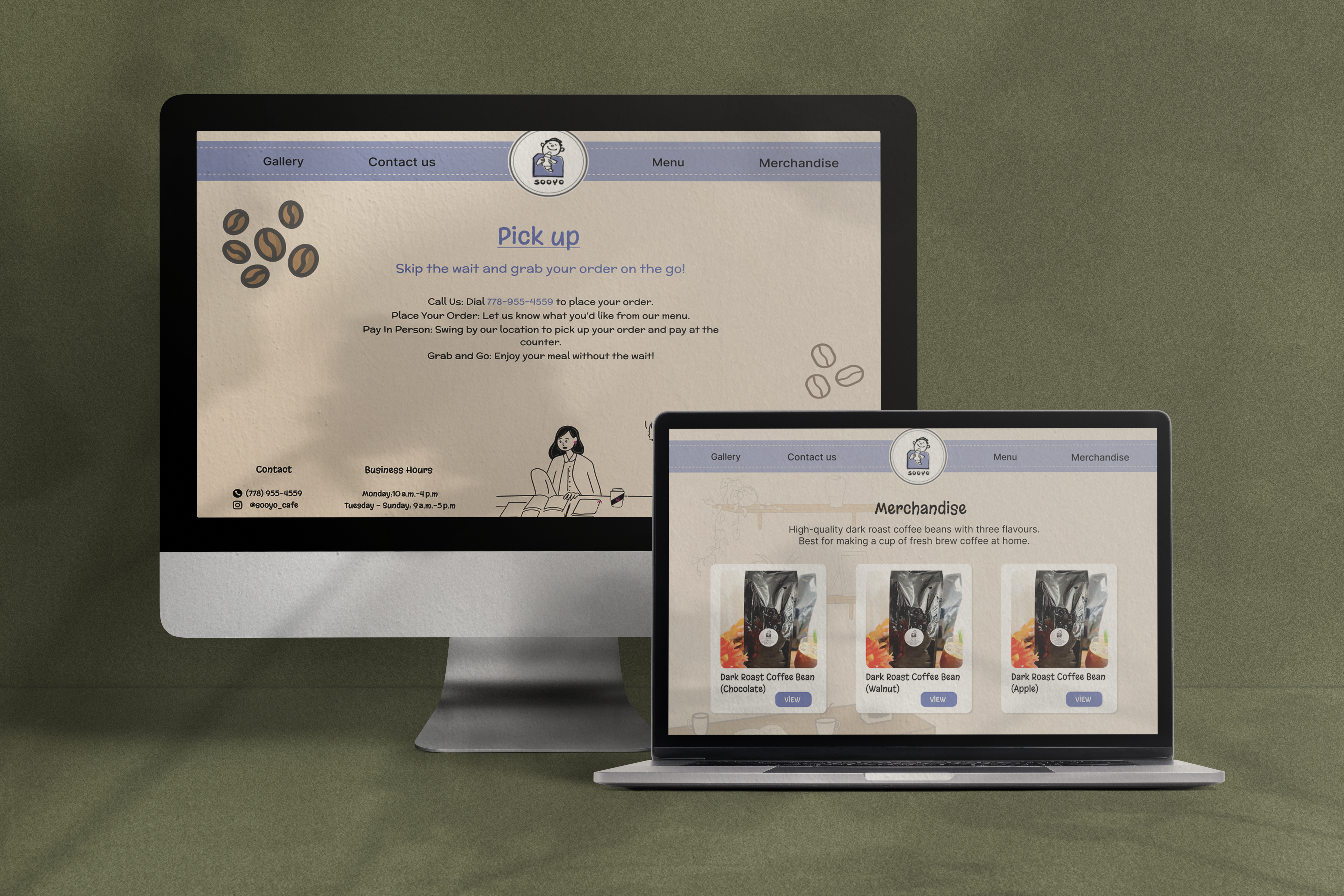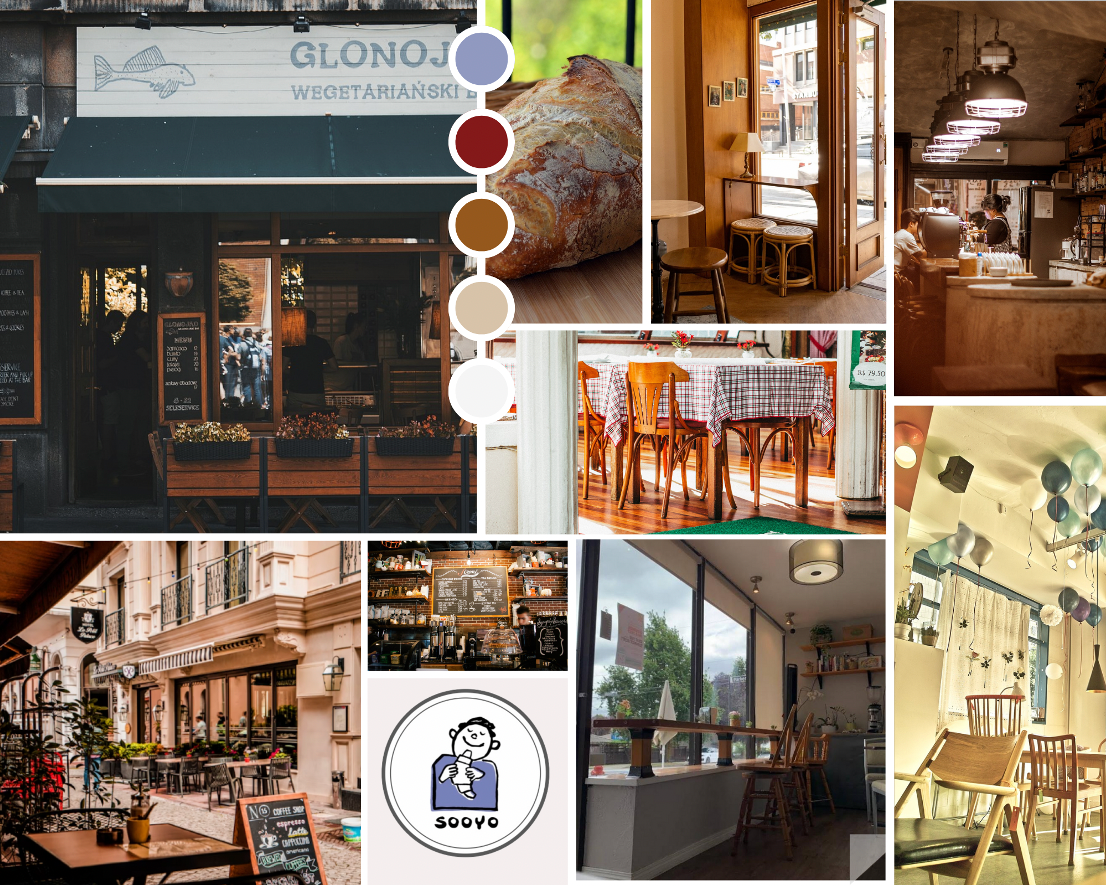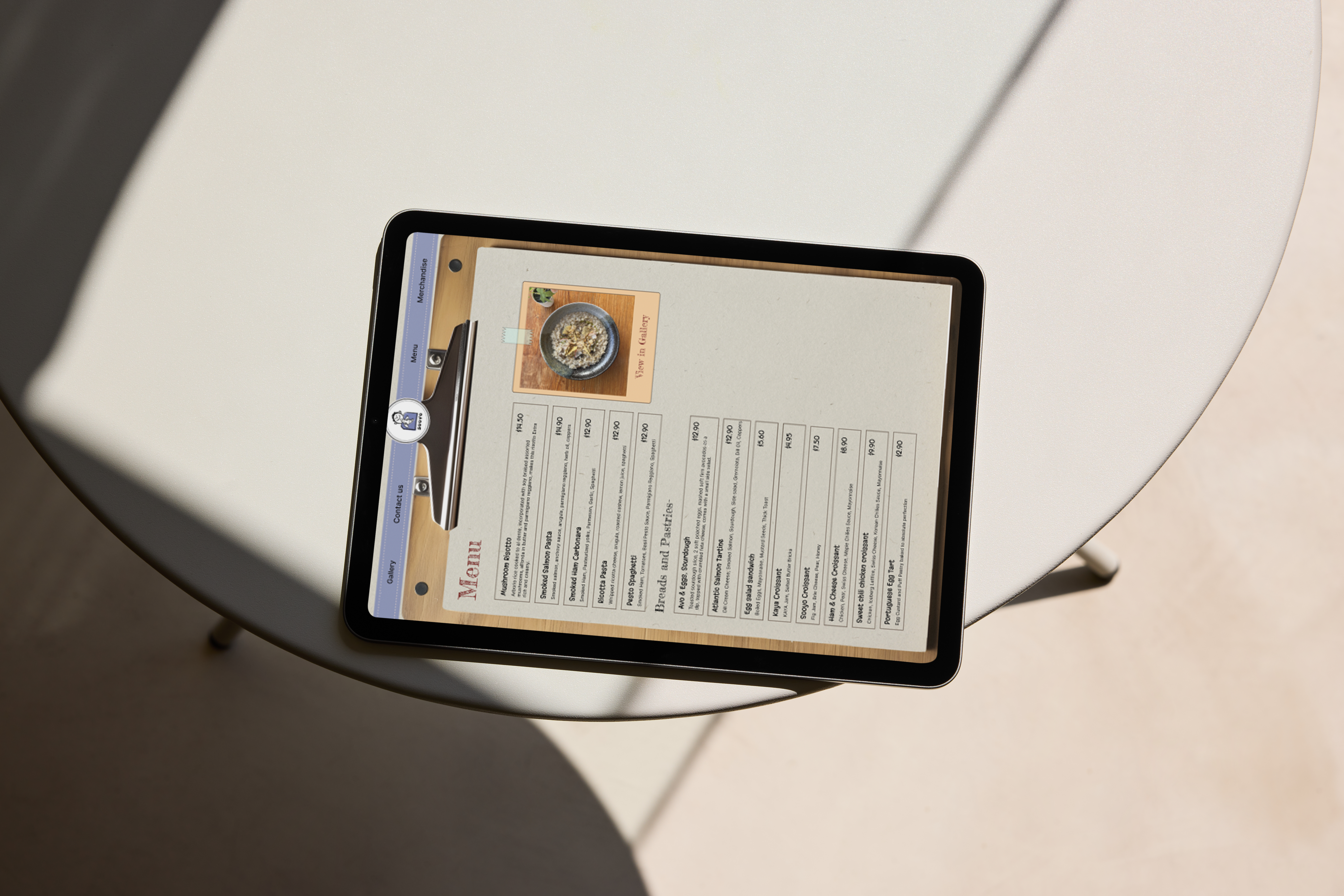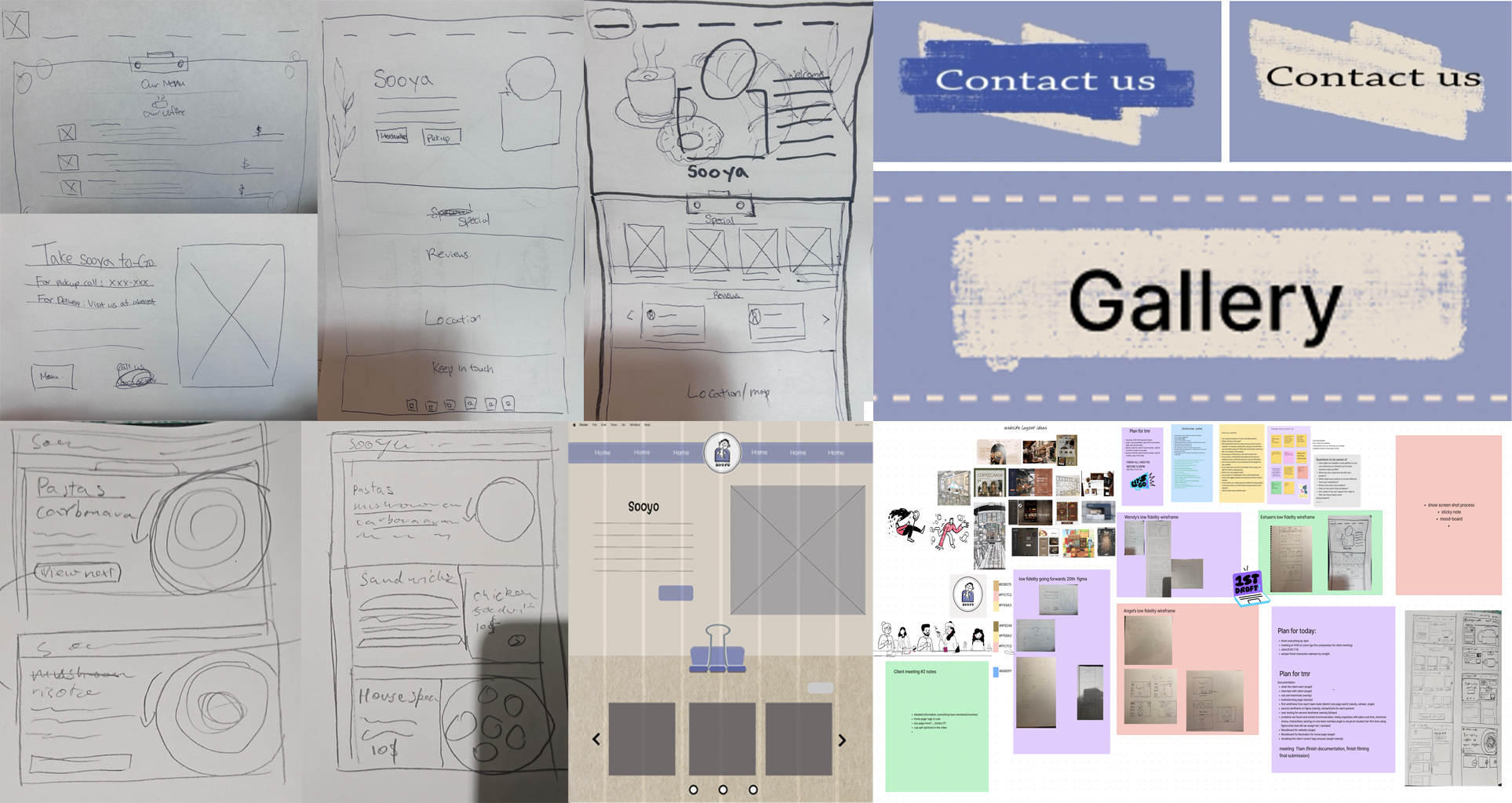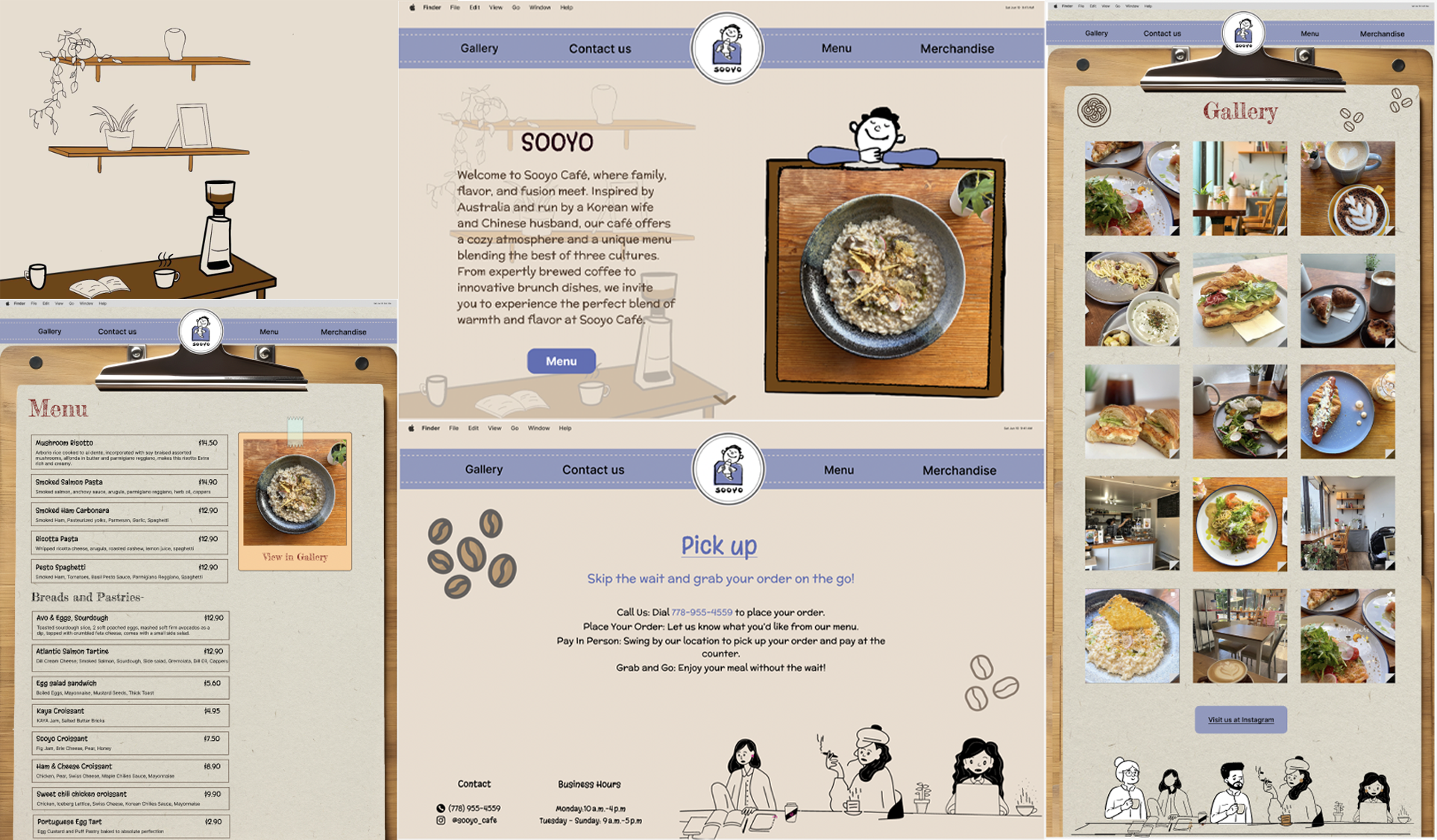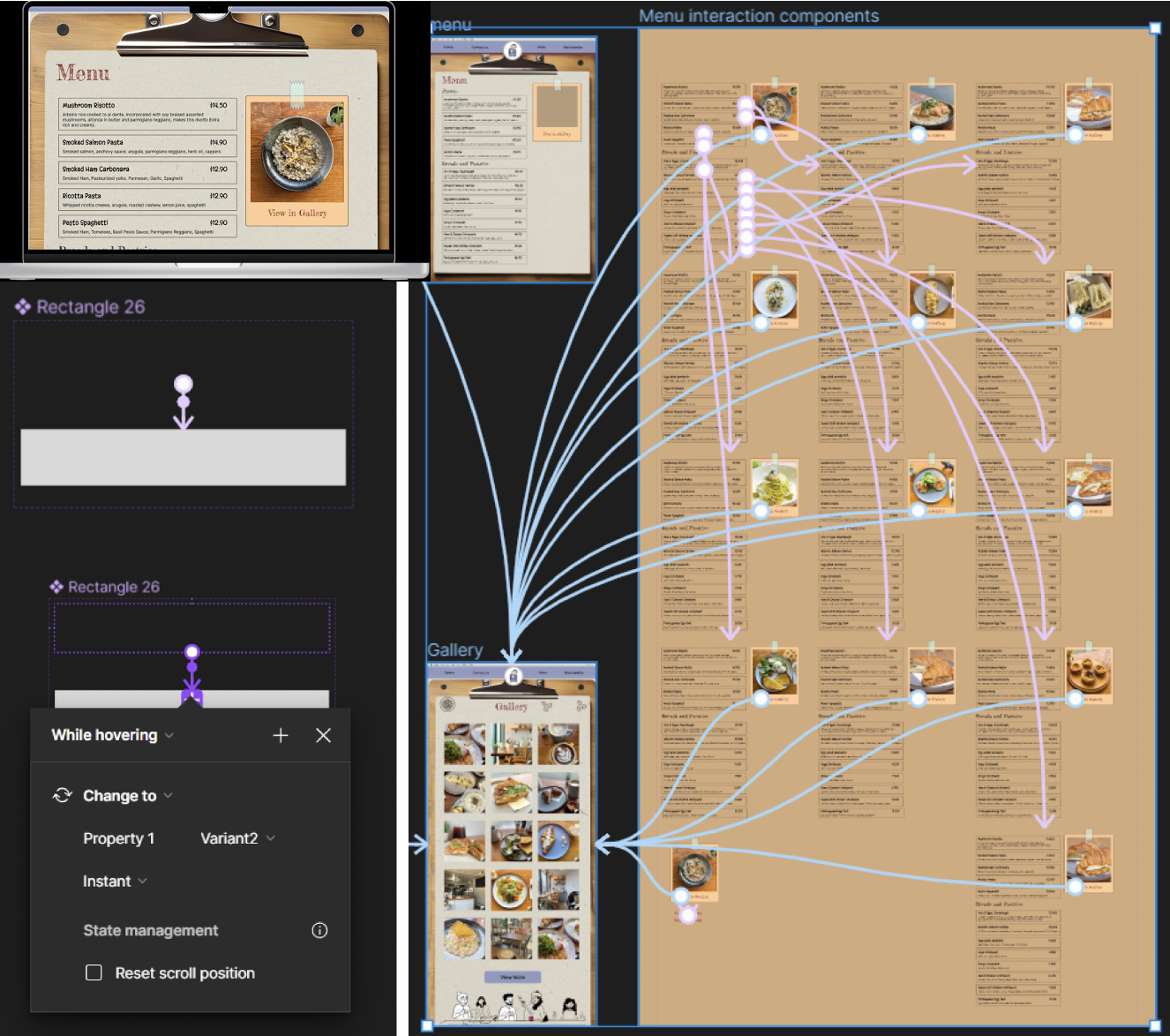-
/
/
/
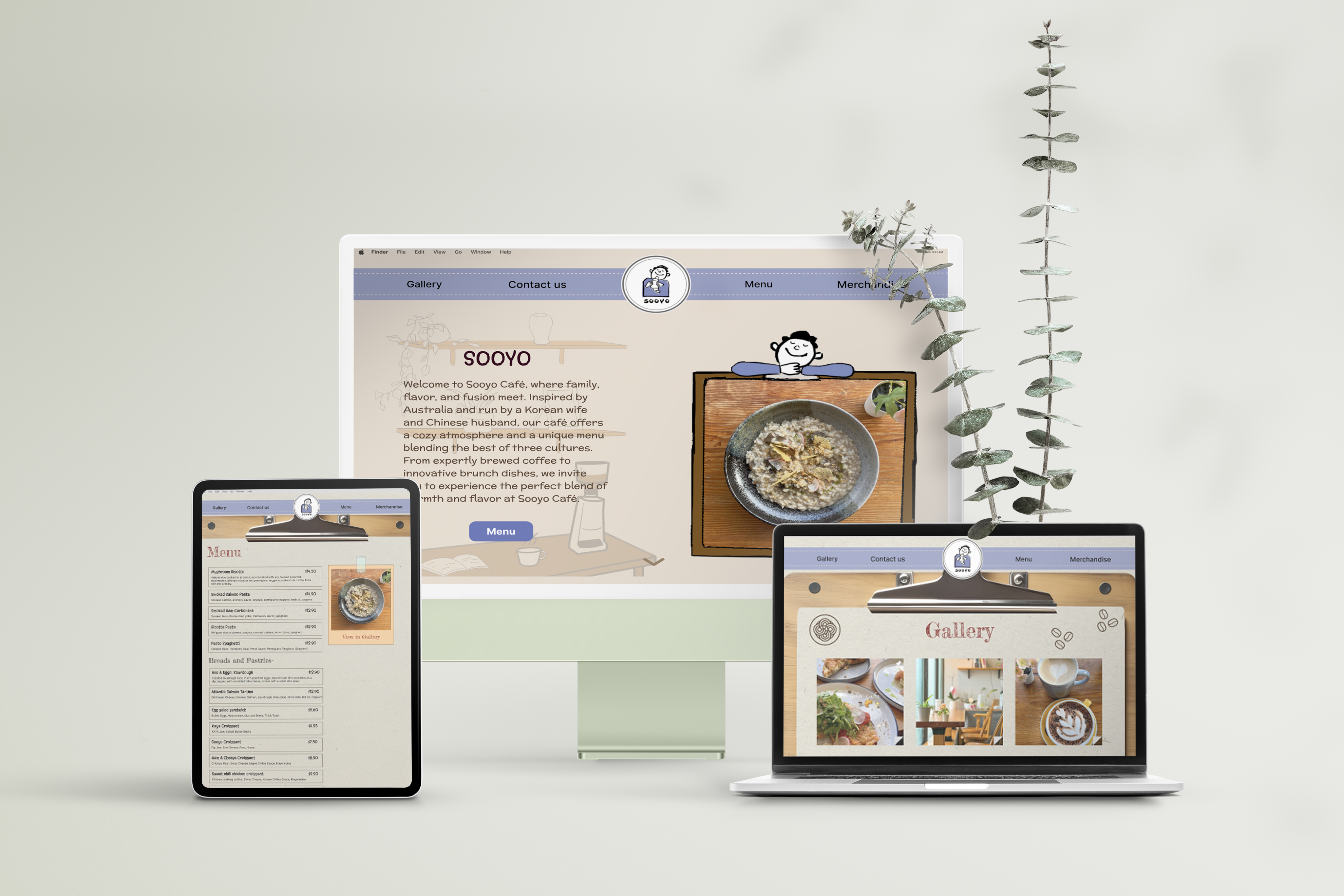
Flui is a User Interface Design Hackathon held in February 2024 during reading week, where participants collaborate with business clients to solve real-world design problems.Teams at Flui had just 10 days to create a complete website, involving 2 online client meetings, with my team consisting of 2 members and 1 client. I was in the role of designing the figma interactions and the user interface of the website.
Approach-
In leading our team's utilization of FigJam as a platform for brainstorming and documentation, I spearheaded a collaborative environment where structured thinking and effective communication were paramount. Leveraging my organizational skills, I ensured that our thoughts were methodically structured, fostering clarity and alignment throughout our discussions.With just 10 days at our disposal, I initiated each day with a clear plan, assigning tasks to ensure everyone remained on track. By distributing responsibilities effectively, I maintained a sense of urgency and momentum, maximizing our productivity and progress towards our goal.
Objective
-
1
Day 1-2
Discovery and wireframing. We gathered the client requirements and sketched wireframes -
2
Day 3-4
we created the high fidelity design in figma and encorperated the client feedback -
3
Day 5-6
we Built the interactive prototypes and coducted user testing. -
4
Day 7-8
we refined the design and prepared the presentation. -
5
Day 9-10
We presented the final design to the client and judges. - 6 Offer a playful, subversive twist on typical AI interactions to entertain users.
